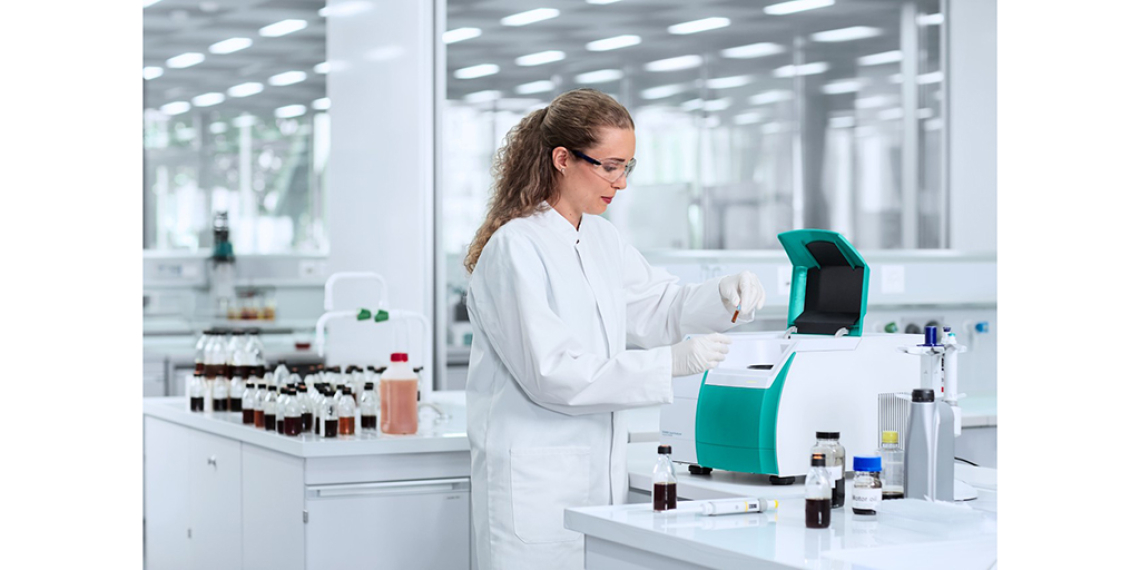
Products made from either natural or synthetic rubber are a vital part of everyday living. Synthetic rubbers offer superior thermal stability and resistance to oxidising agents and oils. One synthetic rubber uses Bromobutyl (BIIR), a copolymer of isobutylene and small amounts of brominated isoprene that provides unsaturated vulcanisation sites. Bromobutyl rubber is derived from halogenating butyl rubber with bromine in a continuous process. This elastomer has many of the attributes of butyl rubber, but the addition of bromine improves adhesion to other rubbers and metals, resulting in substantially faster cure rates (i.e., lower amounts of curative agents are required).
Usually, the determination of the bromine content and other quality parameters (e.g., Mooney viscosity, volatile content, calcium stearate content and functional bromide) requires various reagents and time-consuming analytical methods. However, near infrared (NIR) spectroscopy offers rapid and reliable simultaneous quantification of those parameters in Bromobutyl rubber without the use of chemicals.

